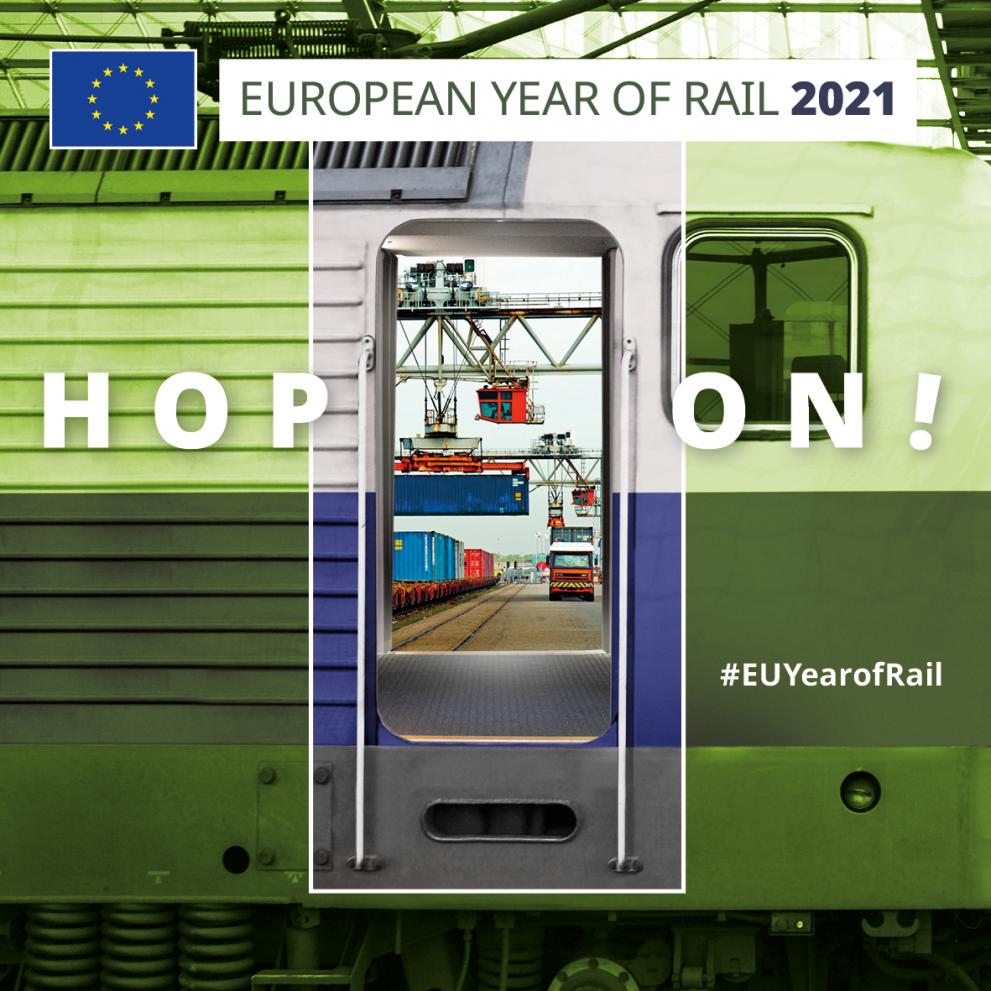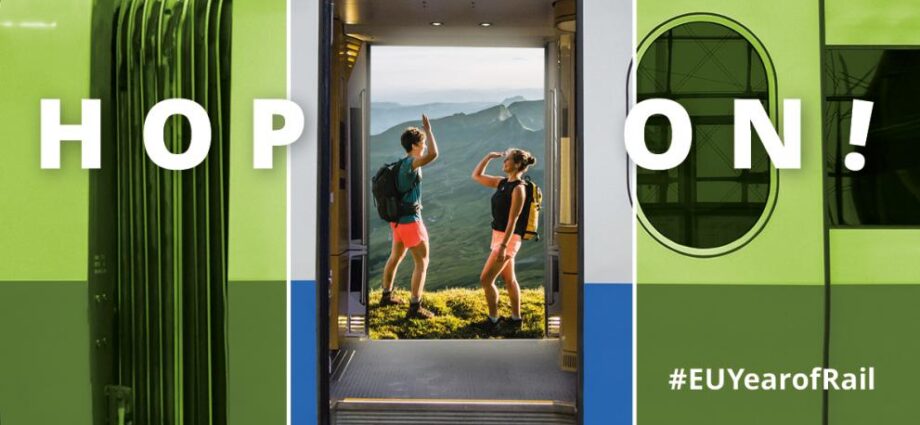2021 is European Year of the Rail and to commemorate it and learn more, we had the opportunity to interview Portugal’s Minister for Infrastructure and Housing Pedro Nuno Santos.
As Presidency of the Council of the European Union for these six months of 2021, the Portuguese Presidency of the Council of the European Union led the efforts for the EU Year of the Rail 2021 in a joint effort with all the Member States and the European Commission. All the stakeholders at the European and national levels have also been involved in organising events and raising awareness for rail transport.
“The rail service must adapt to the needs of the users, it must become the best option across the range of criteria people use to choose their mode of transport: speed, cost, comfort and safety, among others. The way rail transport is integrated into the city-centres, with local transport networks, light mobility solutions such as shared-bikes can also go a long way to make this choice easier.”
Minister Pedro Nuno Santos
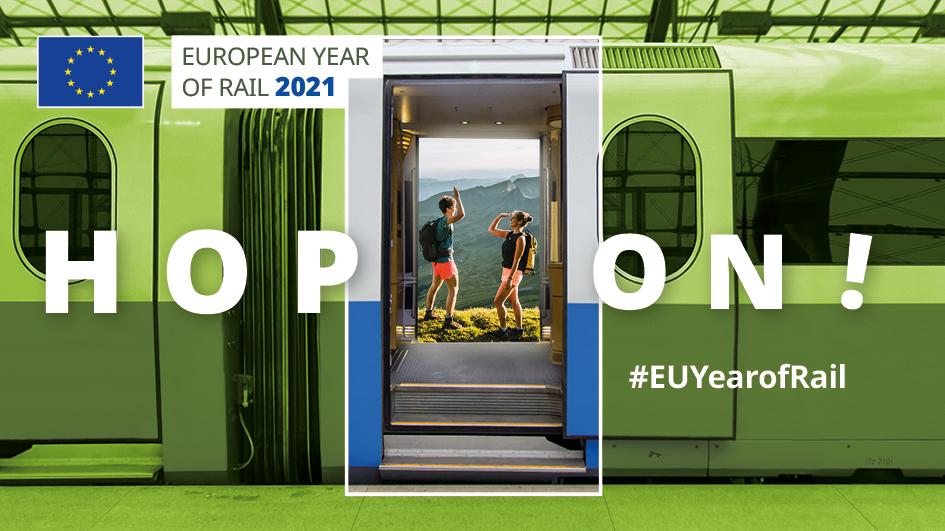
Pedestrian Space: As is stated at 2021portugal.eu: “The Portuguese Minister for Infrastructure and Housing has advocated large-scale public investment in rail transport, infrastructure, rolling stock and services.” You point out that this is the only way to make it possible “to transfer a significant part of road and air traffic to rail”. Can you share how the public can interpret as well as participate in this transfer?
Minister Pedro Nuno Santos: The point I wanted to make with this statement is that, in order to achieve a modal shift to rail from road and air transport, rail needs to respond to needs of the user. This means there needs to be faster and more frequent passenger services and a more reliable and affordable freight transport. Furthermore, in order to accommodate the transfer of passenger and freight, the rail system will need to expand its capacity and coverage. All these changes require investment. When you ask how can the public participate, of course people make choices everyday about what kind of transport they use to move about their daily lives, and those individual choices play a role. However, the transport system and the way our cities are designed are key in encouraging those choices, either one way or another, so there is a collective responsibility, including for us policy makers, to encourage the modes of transport that most contribute to improving everyone’s lives.
Pedestrian Space: At the same link, it is noted that “The European Year of Rail is aimed at discussing the benefits of rail for people, the economy and the climate, and the challenges to the creation of a truly single European rail space, without borders, promoting the use of trains as a safe and sustainable means of transport.” Can you share some of the benefits of rail use?
Minister Pedro Nuno Santos: For its users, rail travel is quite simply the most environmentally friendly way of travelling. It is also, quite often, the fastest, most comfortable and cheapest way of travelling. For society, it is the most efficient way of moving large masses of people or freight, with less energy use, less harmful emissions and less land occupation. The benefits for society of shifting more transport volumes to rail far outweigh the investment costs that are required.
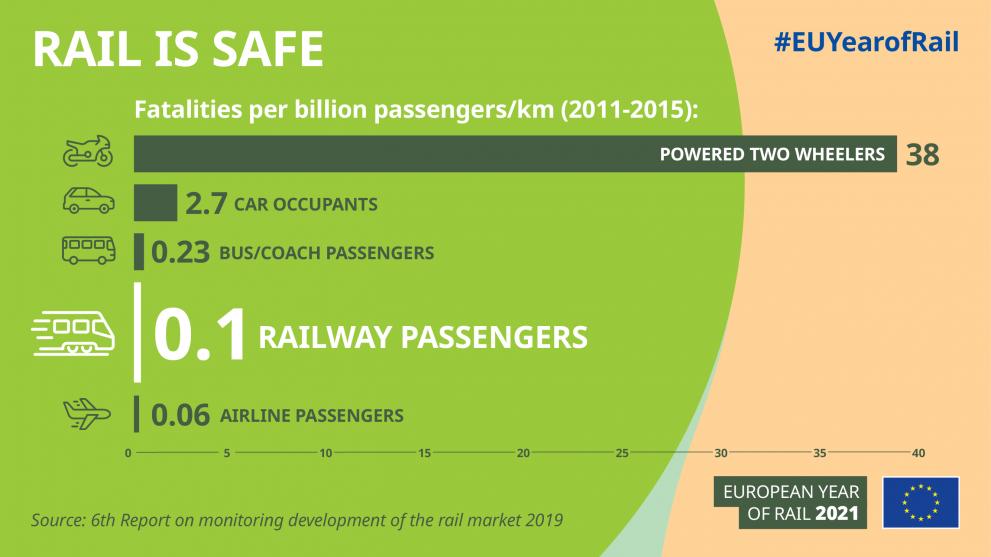
Pedestrian Space: A key part for shifts in mobility choices is behaviour change. What do you think are some of the challenges in this respect for people who are typically used to driving or flying when travelling? Basically- how can we encourage can people who are not accustomed to using rail for travel make that shift?
Minister Pedro Nuno Santos: The rail service must adapt to the needs of the users, it must become the best option across the range of criteria people use to choose their mode of transport: speed, cost, comfort and safety, among others. Of course, it is not only a matter for the rail network itself. The way rail transport is integrated into the city-centres, with local transport networks, light mobility solutions such as shared-bikes can also go a long way to make this choice easier. So, you can see, I make this less about individual behavioural change and more about structural societal change, which is deeply connected with the way we live, the way we design our cities and towns and the priorities we collectively decide as citizens.
“Rail is more sustainable because it consumes less energy and emits less pollutant gases than any other mode of transport for each person or unit of cargo transported and it also takes up less land than a road for equivalent transport capacity. Rail is also the safest transport because it has a very low accidents and victim’s ratio with transport volumes.”
MINISTER PEDRO NUNO SANTOS
Pedestrian Space: Are there any upcoming events or campaigns for #EUYearofRail that we can learn about?
Minister Pedro Nuno Santos: The European Commission together with the rail operators are preparing a train called the Connecting Europe Express that will tour the European Union for about a month, going from Lisbon to Ljubljana. It will have several stops and related events, exhibitions and seminars in many of those stops. This train was due to depart in June, but unfortunately it had to be postponed to September because of the pandemic, but it will still be a great initiative show both the opportunities and challenges facing the railways in Europe.
Pedestrian Space: A key part of EU Year of the Rail is “shining a light on one of the most sustainable, innovative and safest transport modes“. Can you share how rail is more sustainable than offer forms of travel as well as the safest?
Minister Pedro Nuno Santos: This is straightforward. Rail is more sustainable because it consumes less energy and emits less pollutant gases than any other mode of transport for each person or unit of cargo transported and it also takes up less land than a road for equivalent transport capacity. Rail is also the safest transport because it has a very low accidents and victim’s ratio with transport volumes.
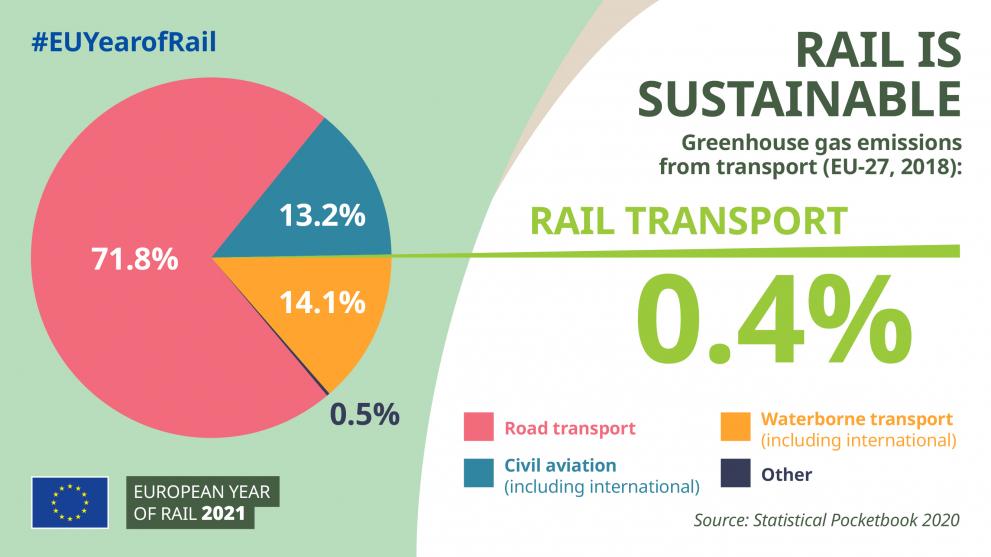
Pedestrian Space: What is innovative about rail travel?
Minister Pedro Nuno Santos: Rail transport has been incorporating many new technologies and services, both in passenger and freight transport. The ability to integrate either a multi-mode trip or a whole logistical chain, for example, is something that has been enabled by innovative technologies. But innovation is not an end in itself, it is only a means to make the whole rail system more efficient.
Pedestrian Space: Do you see EU rail travel as also a pioneering region in the world for rail travel and services?
Minister Pedro Nuno Santos: Perhaps, but we also shouldn’t rest too much with our own achievement as Europeans. For example, the expansion of High-Speed Rail networks in East Asia over the past decades is unmatched anywhere in the world. Europe has the advantage of already having a dense network of services integrating long distance, regional and local trains. But even within Europe, there are large asymmetries between different regions, so we need to make sure that attention is given to the specific issues that need to be overcome in each geography.
“…the transport system and the way our cities are designed are key in encouraging those choices…so there is a collective responsibility, including for us policy makers, to encourage the modes of transport that most contribute to improving everyone’s lives.”
MINISTER PEDRO NUNO SANTOS
Pedestrian Space: Will the EU Year of the Rail also feature and highlight specific routes as well as stories of rail travelers?
Minister Pedro Nuno Santos: Rail travellers have been true ambassadors of rail with their travel stories, and we have had a lot of them giving their testimonies, for example, at the kick-off event of the European Year of Rail we recently had in Lisbon. The influence of these stories is, at least in part, behind the movement towards the rebirth of night trains in Europe.
